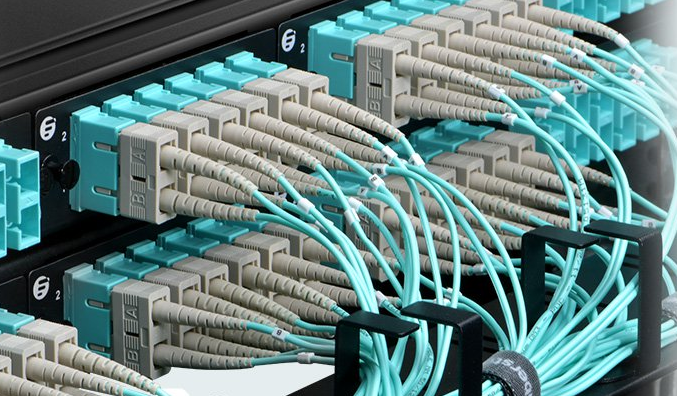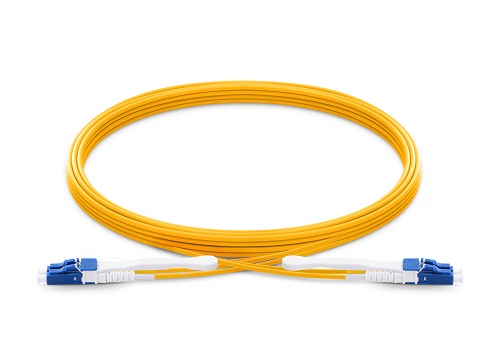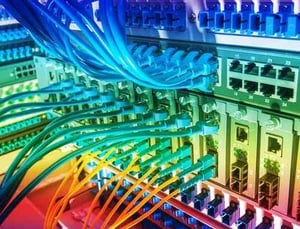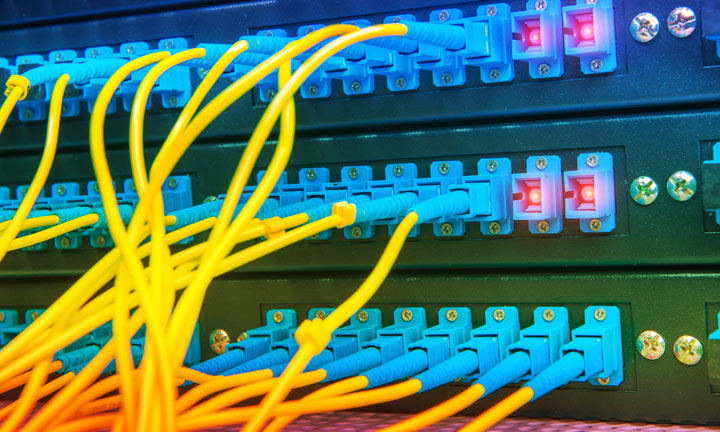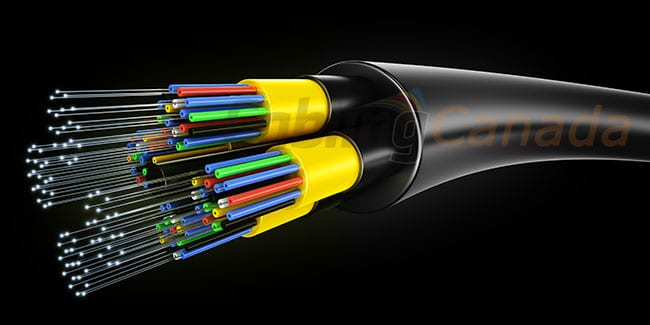Computer information is converted into light pulses to send across the cables and is converted back into regular data when it reaches its destination.
Fibre optic network cables work using strands of glass and pulses of.
How fibre optic cables work fiber optic cables carry communication signals using pulses of light generated by small lasers or light emitting diodes leds.
They re designed for long distance high performance data networking and telecommunications.
The cable consists of one or more strands of glass each only slightly thicker than a human hair.
A fiber optic network is a computer to computer or computer to internet network created using fiber optic cables.
Fiber optic networks connect businesses and homes to the internet and to voice and tv services using fiber optic cable instead of copper cable or satellite signals.
Fiber optic cables also known as optical fiber cable are network cables that contain many strands of fine glass fibers known as optical fibers which are kept well insulated within the body of the cable.
Compared to wired cables fiber optic cables provide higher bandwidth and transmit data over longer distances.
A fiber optic cable is a network cable that contains strands of glass fibers inside an insulated casing.
A fiber cable contains dozens or hundreds of small strands of glass or plastic cable over which data can travel as pulses of light at nearly the speed of light.
At the center of the fiber optic strand is a small inner core that carries the propagated light.
These cables are made of thin strands of glass that transmit light.
These cables are created for the use of long distance high performance data networking and telecommunications.

